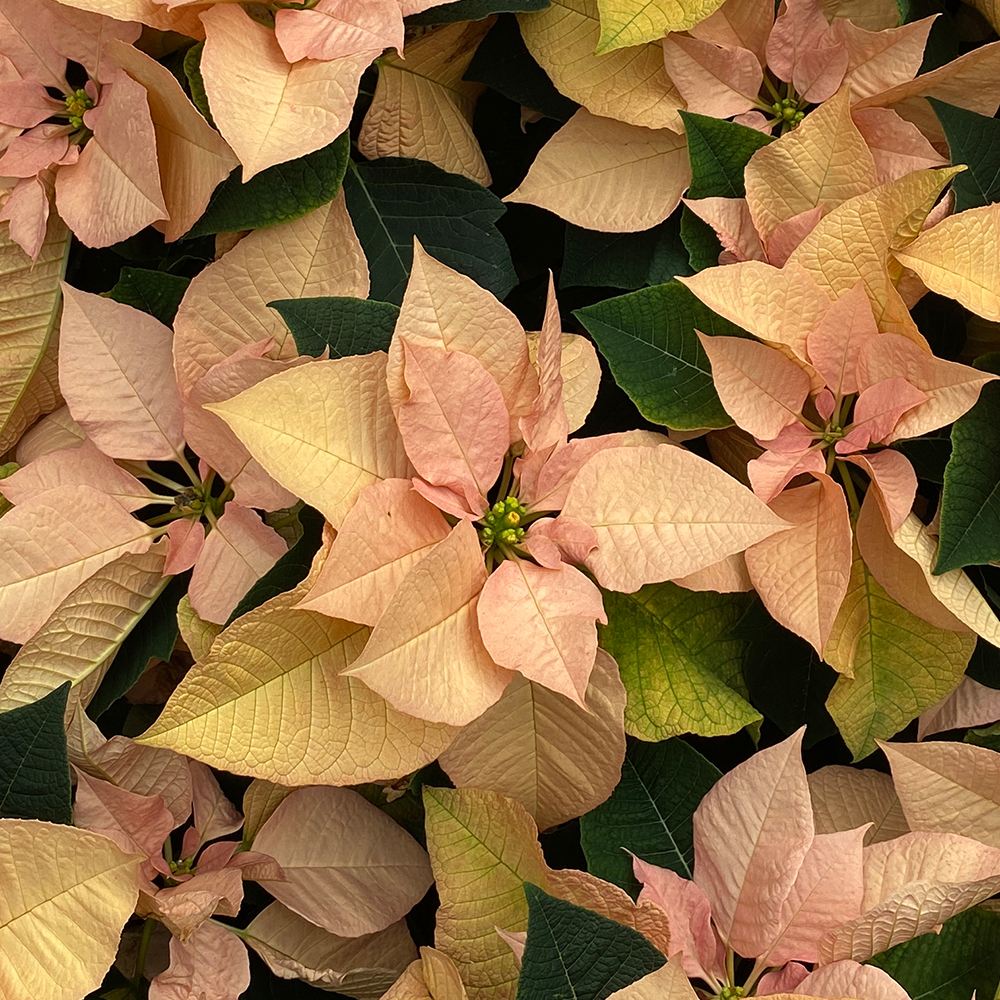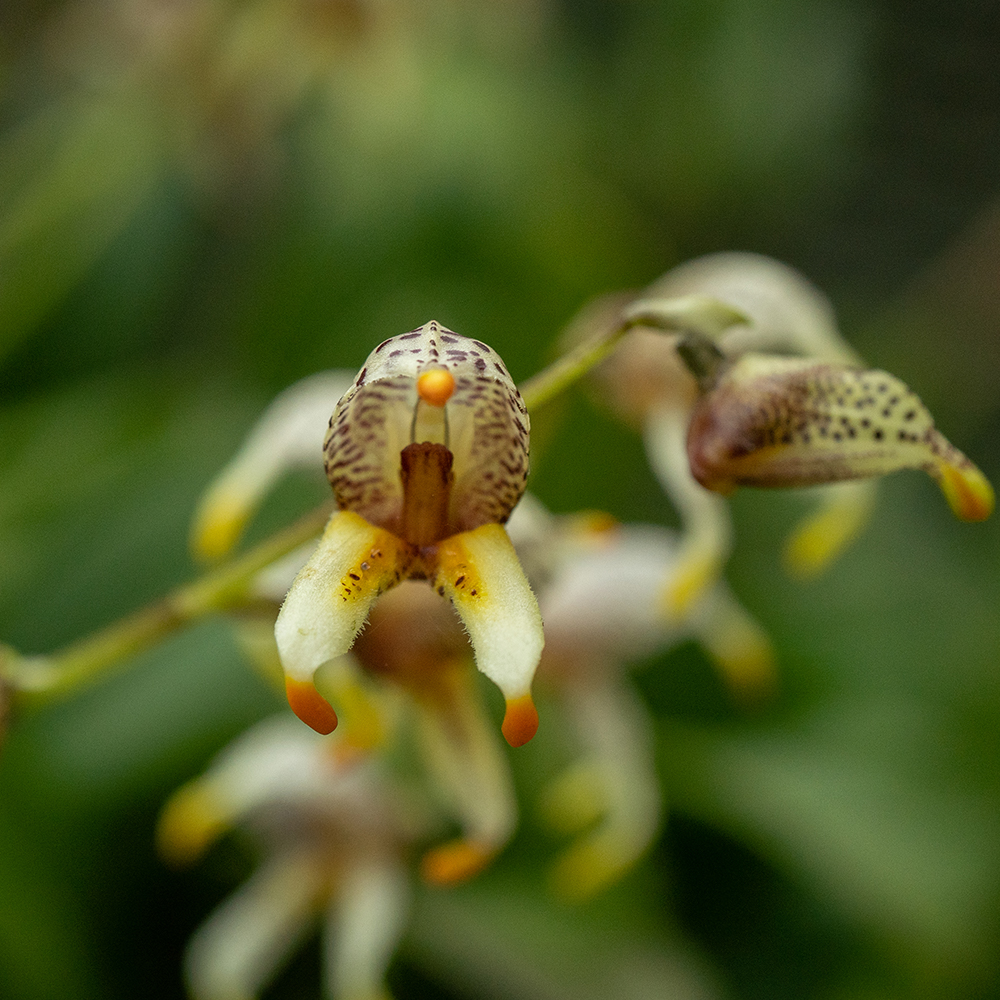What has the wide, flat leaves of a banana, the long, slender stems of a ginger, and the large, eye-catching, brightly-coloured flower stalks of a bird-of-paradise? Heliconias (Heliconia spp. and cultivars) combines all those characters of its relatives into a single, striking plant!
A member of the Zingiberales order and heliconia family (Heliconiaceae), heliconias are related to several economically-important families, including the banana (Musaceae), ginger (Zingiberaceae), bird-of-paradise (Strelitziaceae) and prayer plant (Marantaceae), sharing many different physical characteristics, but also sporting some unique floral traits.
The inflorescences of Heliconia species are very complex structures! The colourful, beak-like structures are actually not flower petals but leaf-like structures called cinncinal bracts. Lasting for several weeks if not months, throughout the life of the inflorescence, they function as a neon-bright fast-food sign to attract pollinators to the flower clusters hidden inside each bract. The ten to twelve skinny, tubular flowers in each cluster mature sequentially and are easily overlooked in their drab colours of pale yellow, green, and rarely, orange and red. Each flower only opens and is viable for pollination over a single day, dropping if fertilization is unsuccessful. hence the presence of the bright, long-lived bracts as a constant pollinator advertisement. Ripe fruits turn a bright blue and are eaten by birds, with the seeds distributed with their own fertilizer supply to sprout away from their parent plants!
Most of the ~200 species of Heliconia are from the tropical Americas, from Mexico through Central and South America as far south as northeastern Argentina, and are all pollinated by hummingbirds, which are attracted to their bright red colours and long, tubular, nectar-rich flowers. The remaining few species are from the Pacific islands, such as Samoa and the Solomon Islands and Indonesia’s Maluku Islands and feature night-blooming flowers that are primarily bat-pollinated.
Heliconia chartacea, featured throughout this article, is native to the South America, from the Guianas to the Amazon Basin. With tall shoots in a banana plant-like clumping arrangement that can tower at a maximum 5m in height, this species features pendulous, spirally-arranged inflorescences with up to 28 red to pink cincinnal bracts.
Registered cultivar ‘Sexy Pink’ is one of the most popular and well-distributed cultivars – so much so that is almost equated with the species form – however it is likely a selection from the wild populations and features carmine rachis with candy-pink cincinnal bracts outlined in pale green, hiding chartreuse green flowers. In Singapore, sunbirds - the native, nectivorous hummingbird equivalent – visit the flowers of these and other heliconias for their nectar and may also assist in pollination.
Even when not in spectacular flower, one of the hallmarks of Heliconia chartacea is its gorgeously wind-tattered slender leaves. Come find it in a side bed to the right of the kampung house in the Heritage Garden’s Malay Garden.
Written by: Janelle Jung, Senior Researcher (Research and Horticulture)
A transplanted pake (Hawai'i-born Chinese), she's finding her own Singaporean roots. Every plant has a story, and Janelle helps discover and share these with colleagues and guests, hoping to spark a mutual plant passion! Ask her what plant she named her cat after!
/1920x1080px-deer-antlered%20phalaenopsis-01.jpg)

/1000x1000-thumb-Teague%27s-Pleurothallis-1.jpg)
